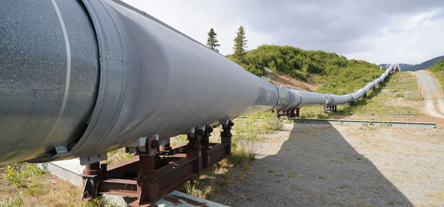
The Center for Land Use Interpretation
2008 – $5,000 Petroscape Program
The Center for Land Use Interpretation (CLUI) is a research and education organization interested in understanding the nature and extent of human interaction with the earth’s surface, and in finding new meanings in the intentional and incidental forms that we individually and collectively create. They believe that the man made landscape is a cultural inscription that can be read to better understand who we are, and what we are doing.
The organization was founded in 1994, and since that time it has produced dozens of exhibits on land use themes and regions, for public institutions all over the United States, as well as overseas. CLUI publishes books, conducts public tours, and offers information and research resources through its library, archive, and website.
Petroscape
Petrochemical products coat the surfaces that surround us, stuff the products we buy, build our food, move ourselves and our goods, and run the American machine. We all know that, yet we know so little about it. Improving the understanding of the physical form of this landscape, and its relationship to us, is the subject of this ongoing program.

2008 – $5,000 Petroscape Program
The Center for Land Use Interpretation (CLUI) is a research and education organization interested in understanding the nature and extent of human interaction with the earth’s surface, and in finding new meanings in the intentional and incidental forms that we individually and collectively create. They believe that the man made landscape is a cultural inscription that can be read to better understand who we are, and what we are doing.
The organization was founded in 1994, and since that time it has produced dozens of exhibits on land use themes and regions, for public institutions all over the United States, as well as overseas. CLUI publishes books, conducts public tours, and offers information and research resources through its library, archive, and website.
Petroscape
Petrochemical products coat the surfaces that surround us, stuff the products we buy, build our food, move ourselves and our goods, and run the American machine. We all know that, yet we know so little about it. Improving the understanding of the physical form of this landscape, and its relationship to us, is the subject of this ongoing program.

